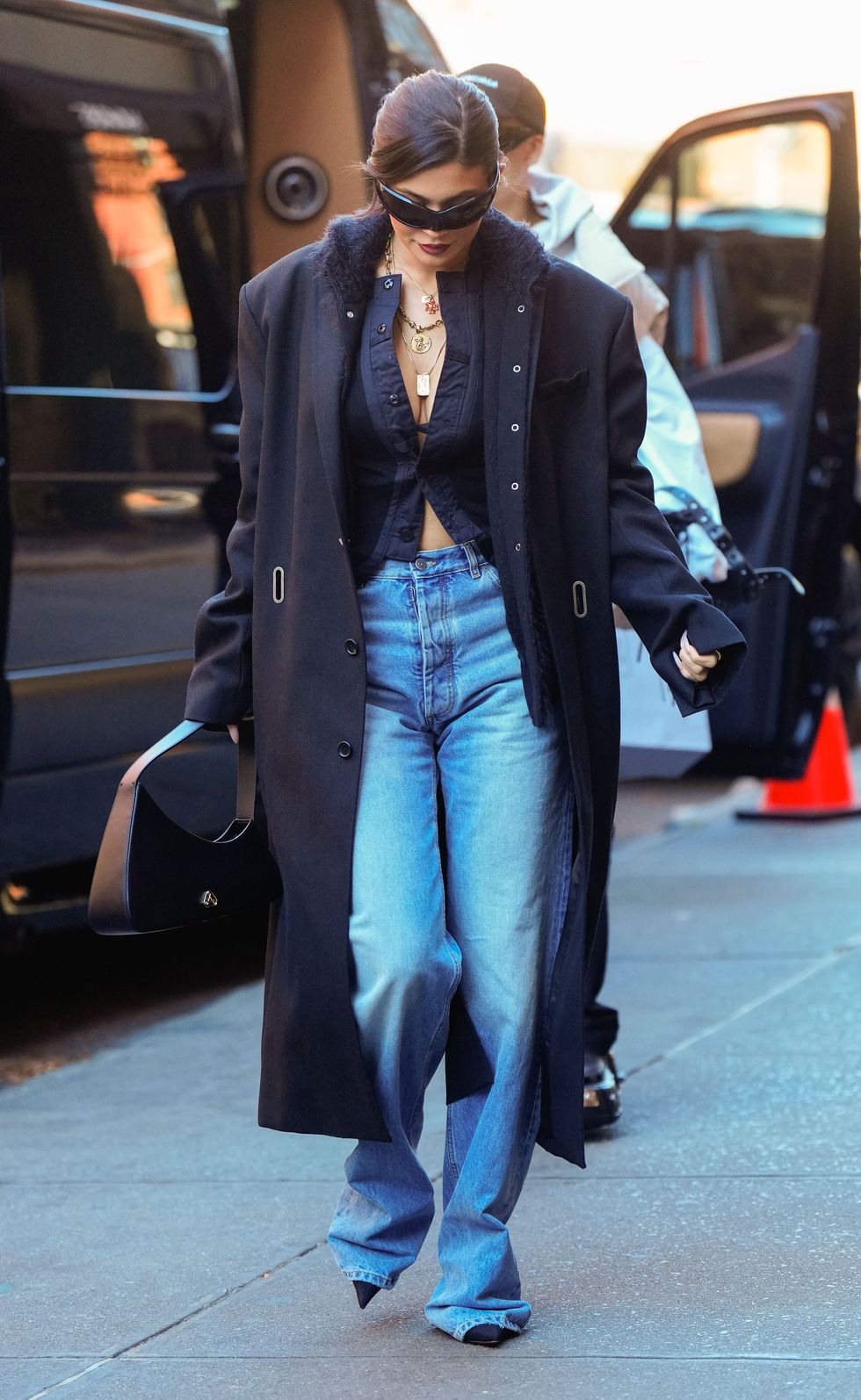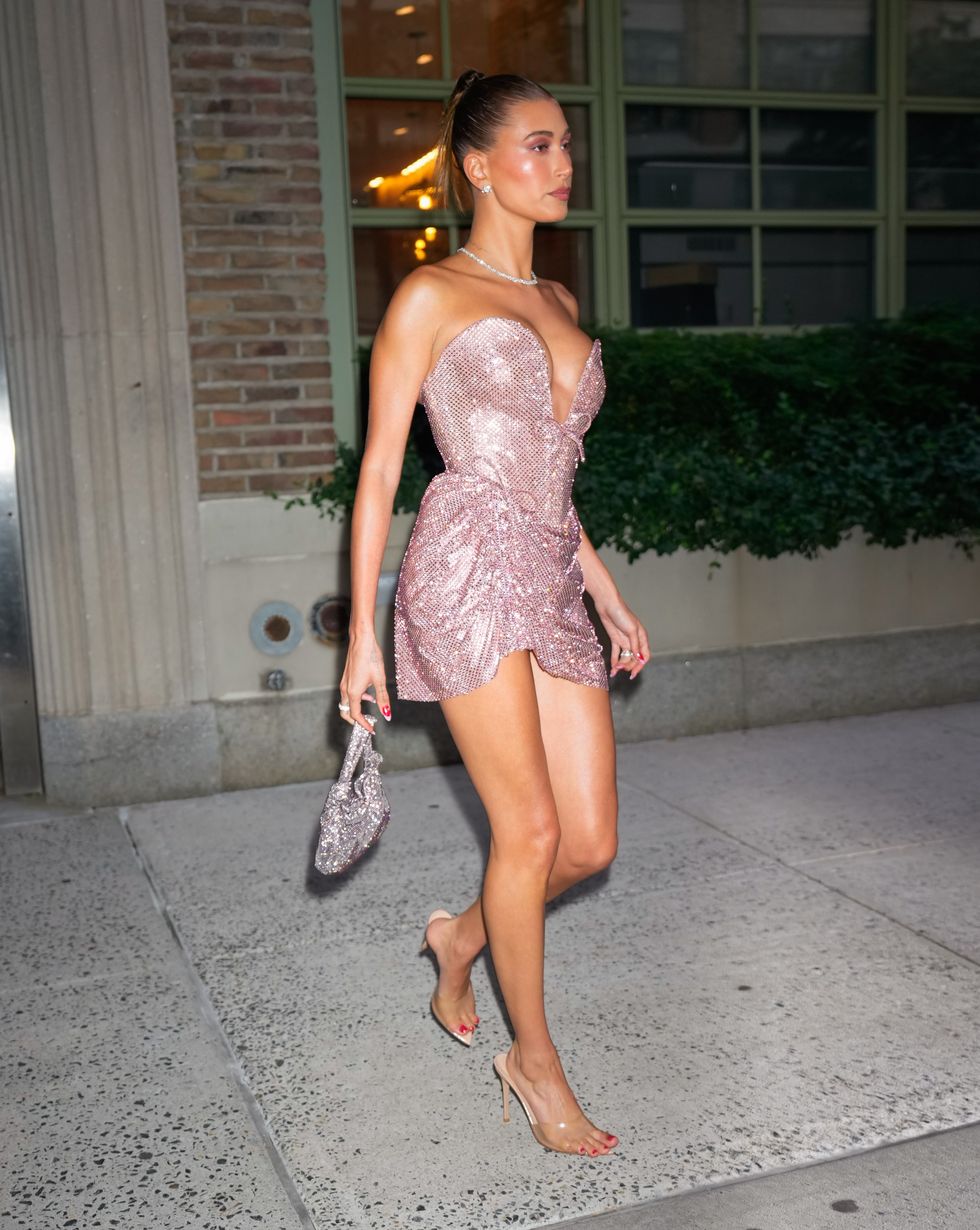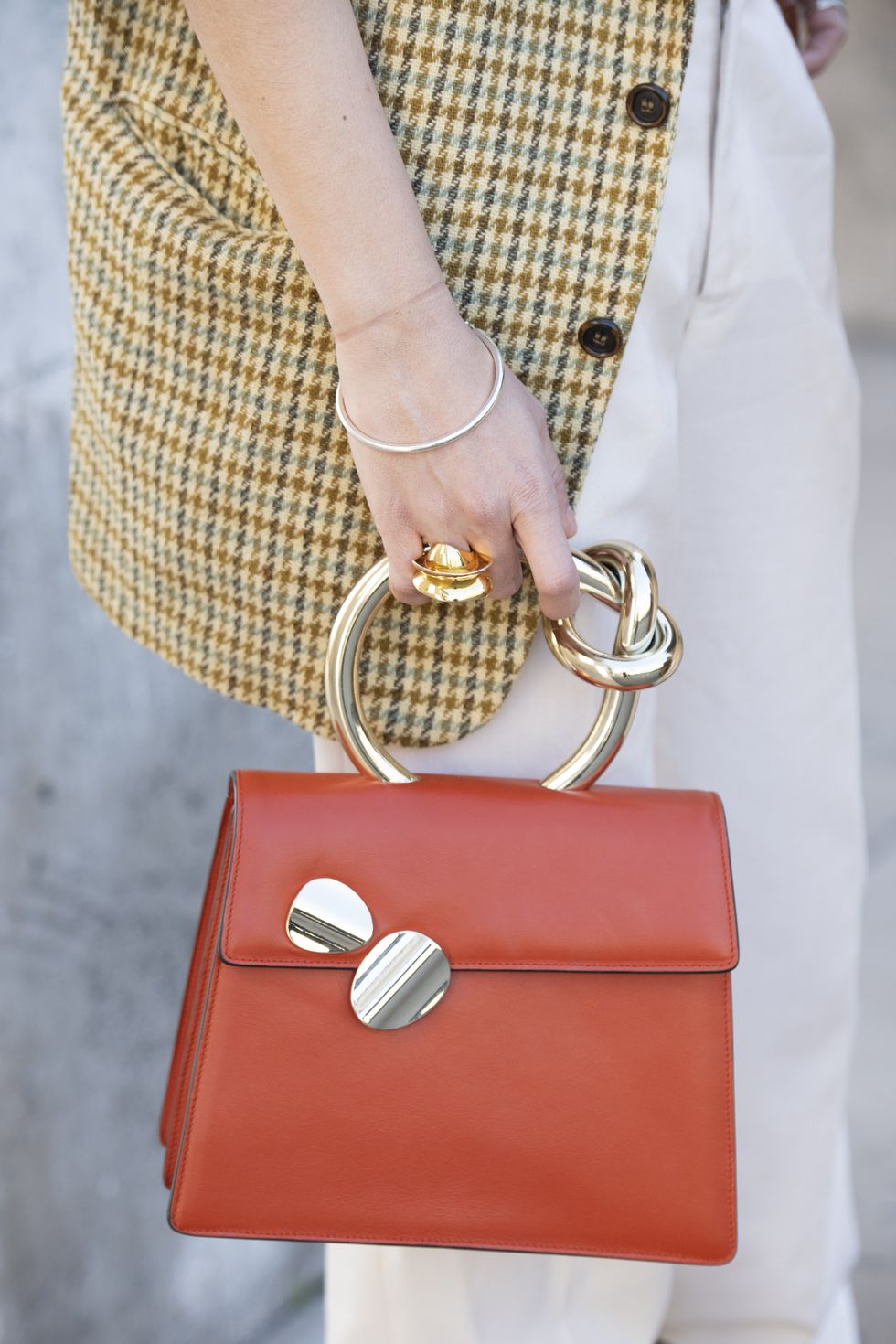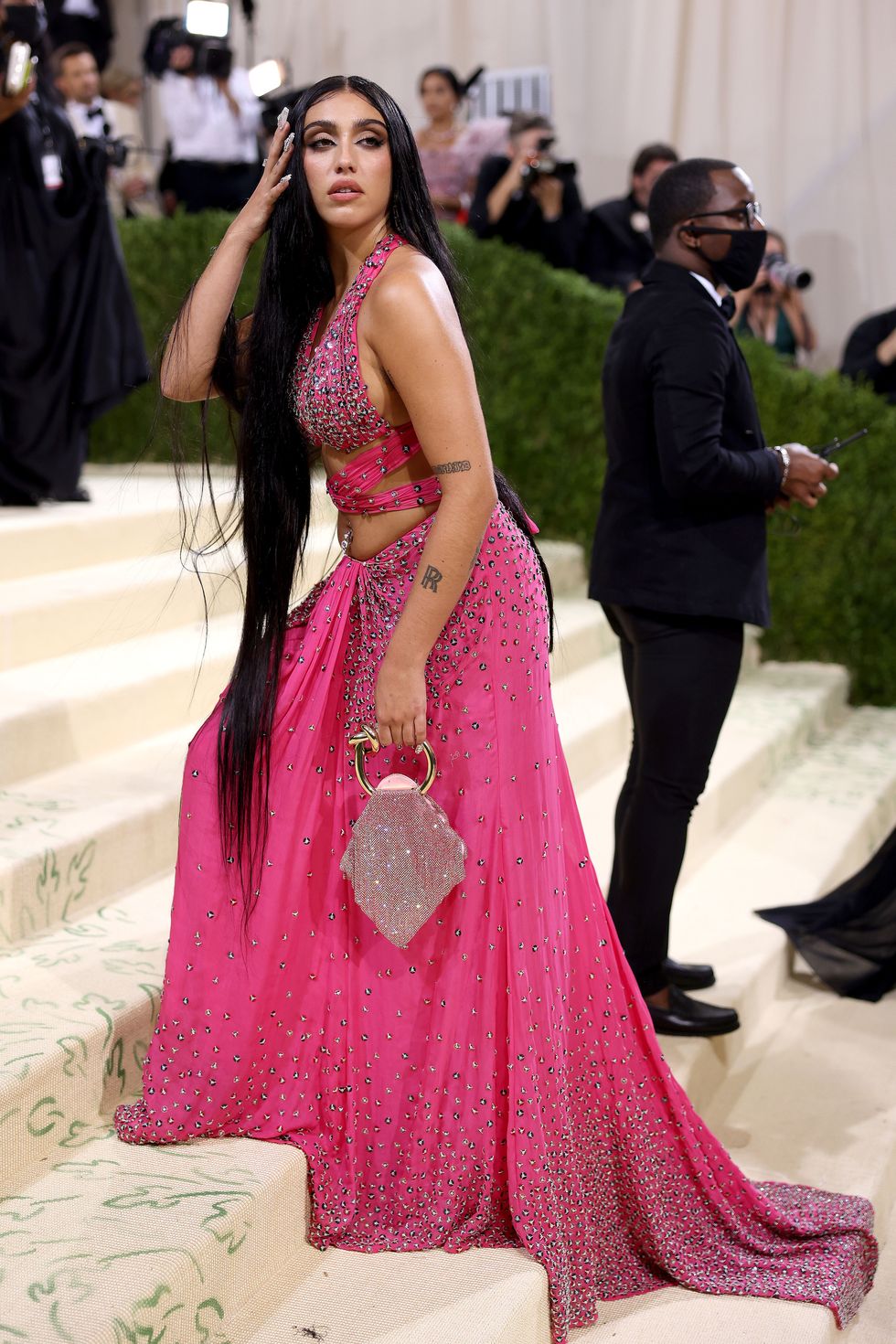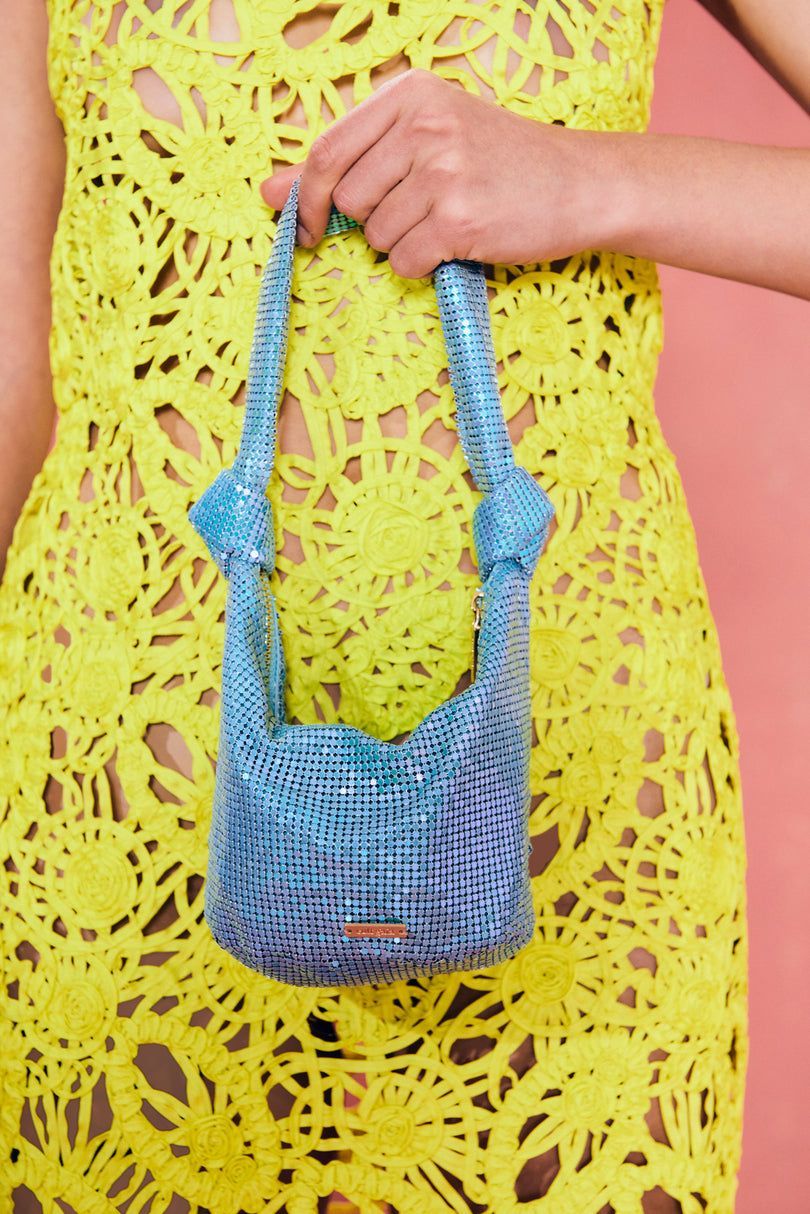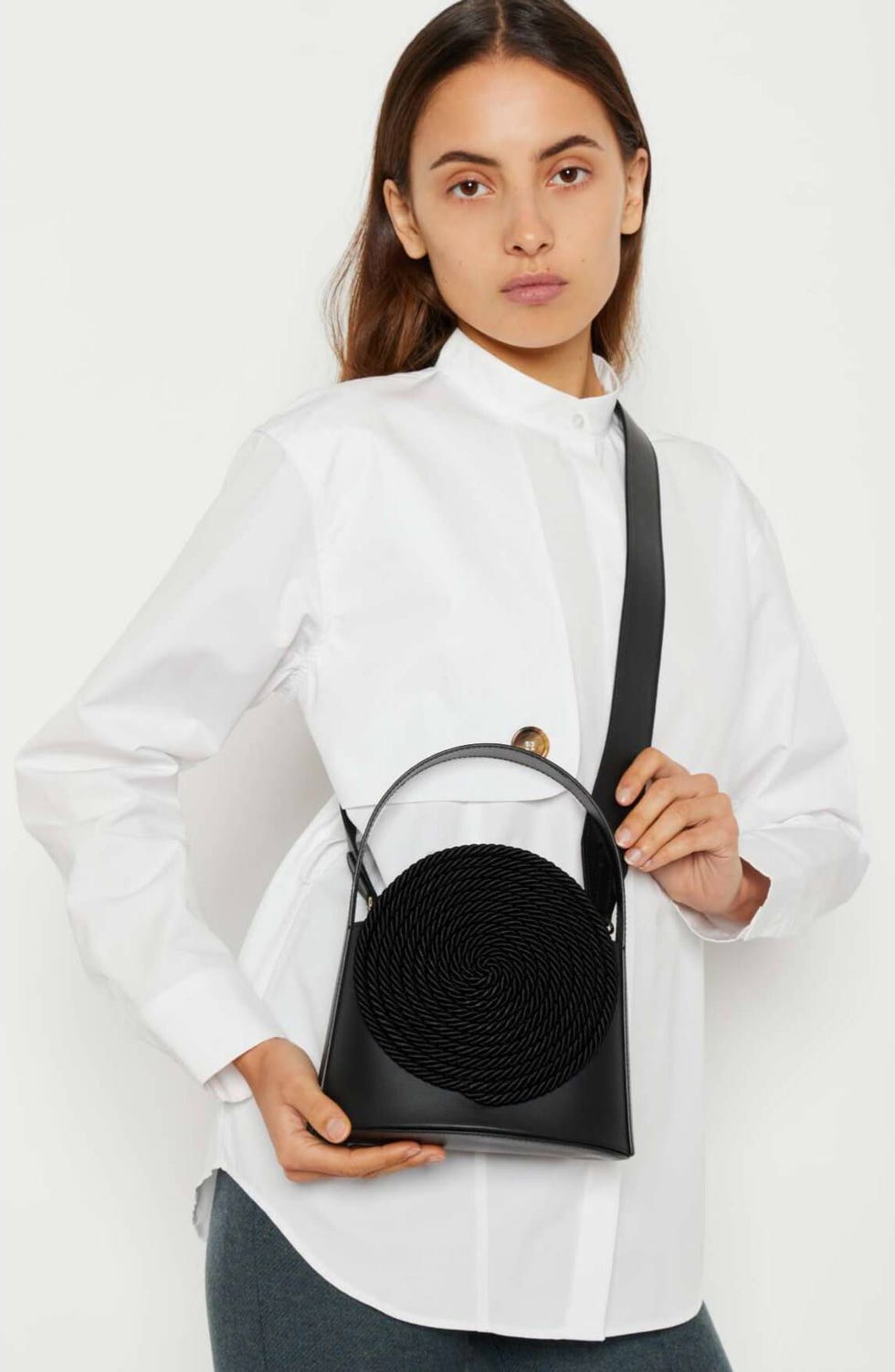Luxury is often associated with unattainability—high cost, utmost quality, and opulence. What if it didn’t have to be quite so impossible to achieve?
Since the onset of the pandemic, the cost of a classic Chanel flap bag has gone up from $6,500 to over $10,000. Other classic luxury labels like Hermès and Dior have also raised their prices. For the shoppers interested in high-caliber bags, but unwilling to invest in a style with such a steep price tag, a new era of contemporary labels have come to offer an alternative—for under $1,000. And they aren’t only meant to look expensive, they’re meant to evoke emotion.
“Bags don’t need to have a high price point,” says Han Chong, founder and creative director of Self-Portrait, which launched its first foray into bags in June 2022. “There are a lot of brands out there offering really good quality bags under $1,000. A contemporary-priced handbag needs to be ‘you see it, you want it.’ It’s like candy.”
Chong has honed in on a rhinestone bow embellishment as the through line for Self-Portrait’s handbags, which start at $345. For her, a lower-priced bag meant customers could avoid the pressure of finding the perfect investment piece, and choose something out-of-the-ordinary, or even unusual.
And it’s not solely Hong who has leaned into the luxury of a just-for-fun handbag. Scroll through the new arrivals section of Net-a-Porter or SSENSE, and you’ll see a crop of colorful, abstract, and crystal-encrusted designs from the likes of emerging brands like DESTREE, Aupen, or Benedetta Bruzziches, and already-established contemporary brands like Self-Portrait and Cult Gaia looking to offer customers something to break out for special occasions.
“We have seen a lot of heavily embellished bags that are priced well and are perfect for the party-girl trend,” says Tiffany Hsu, VP of fashion buying at MyTheresa. “These evening bags are great for making a statement or adding a touch of glam to a simple outfit.”
The current trend cycle may be dominated by quiet luxury, marked by the ideas of minimalism, material, and quality. The point is often to fade into the background—to nod to those in-the-know, to sit in a closet amongst a carefully selected capsule wardrobe. But, even without a logo splashed across the side, many of these bags are valued mainly for the history and caché of the name behind them.
As shoppers seek out styles meant for dressing up—whether that means a calendar full of postponed weddings post-COVID, or enjoying an impossible-to-get dinner reservation, luxury doesn’t have to be so quiet. There’s decadence in a bag that feels celebratory and special, precious by design.
“Just because something is really expensive, that’s not what necessarily makes it special,” says author and style influencer Caroline Vazzana. “I think the occasion or how you feel when wearing the bag is really what makes it important.” This focus on feeling—the indulgence of pieces that elicit emotion—is one echoed by the designers ushering in the latest generation of bold bags.
“Artful conversation starters” is how Jasmin Larian Hekmat, founder and designer of Cult Gaia, describes the pieces she creates, including the soft, sparkly Hera bag and the Valez bag, hand-carved from a single shell. “Reasons for communication are lost now in our digital age, so carry something that triggers a great conversation,” she says.
And yet, in addition to the power of these bags to inspire connection or interest in real life, it can’t be overlooked that they are also able to crossover and create that spark online—communication can also come in the form of DMs or comments. On Instagram or TikTok, these bags twinkle and gleam—they’re made to look good in photographs, whether the wearer is posing at home or taking snapshots on their latest beach vacation.
“We’re making things that make you look twice, or, as I always say, something that’s able to live on a coffee table as an object itself,” Hekmat adds. “That inadvertently makes it very social media-friendly, because you want to take a photograph of it.“
Still, to Hsu, not all luxe-looking bags are created equally—she emphasizes the importance of how the bags are made. “I see these as a new category of contemporary luxury bags,” she says. “While the embellishments look luxurious, quality and craftsmanship are the defining factors of a ‘luxury’ handbag.”
This attention to craftsmanship can be found in the ateliers of Chanel or Dior, but designers in this contemporary-luxe space are also able to ensure their bags are innovative and consciously made, often without the markup that a designer name might carry.
In 2011, Benedetta Bruzziches moved production for her eponymous brand to a small town two hours outside of Rome, allowing her to experiment with materials and techniques outside of the traditional production methods, including the development of crystal mesh sewing, integral to the brand’s glittery bags (which start at $360). The process must be done by hand.
“Due to its high production costs and peculiarities that would disrupt manufacturing assembly lines, crystal mesh sewing also requires specialized craftsmanship, which has disappeared in Italy over the last 20 years, as these types of work were outsourced to other parts of the world,” Bruzziches says from her new factory in Caprarola in the Lazio region of central Italy. “However, here, the production process integrates perfectly with the lives of the women who hand-sew these small treasures of crystals and silk at home, harmonizing work rhythms with family rhythms.”
As a young generation of shoppers turns their spending dollars towards eco-conscious and socially-minded brands, the story behind any given bag becomes who makes it, and, as importantly, why. The emergence of rhinestone-encrusted, embellished, or sculptural evening bags become a designer’s way to bridge the gap between tangible objects and emotional experience—sparking joy, so to say. As Bruzziches puts it: “A celebratory and fun bag becomes a place of discovery of who we are.”
“When an item evokes a certain feeling, like making you feel excited for a special night, it really doesn’t matter how much it costs,” Vazzana says. “With the right styling, you can make even the most affordable items look very expensive.”
While Judith Leiber still has a customer looking to spend $5,000 on a crystal-encrusted, cat-shaped bag, there are many more buyers who still want something fanciful and fun, but at a price that makes the cost-per-wear a little bit more stomachable. For a new era of luxury bags, it’s about the richness of feeling, not the price tag.

Aemilia Madden is a freelance writer, editor, and consultant with over 10 years of experience in the fashion industry. She’s written for publications including Vogue, Harper’s Bazaar, W, and Fashionista. Previously, she was the senior fashion editor at The Zoe Report. In her time away from the internet, Aemilia is probably out on a hike.


